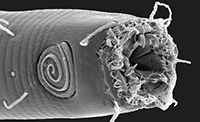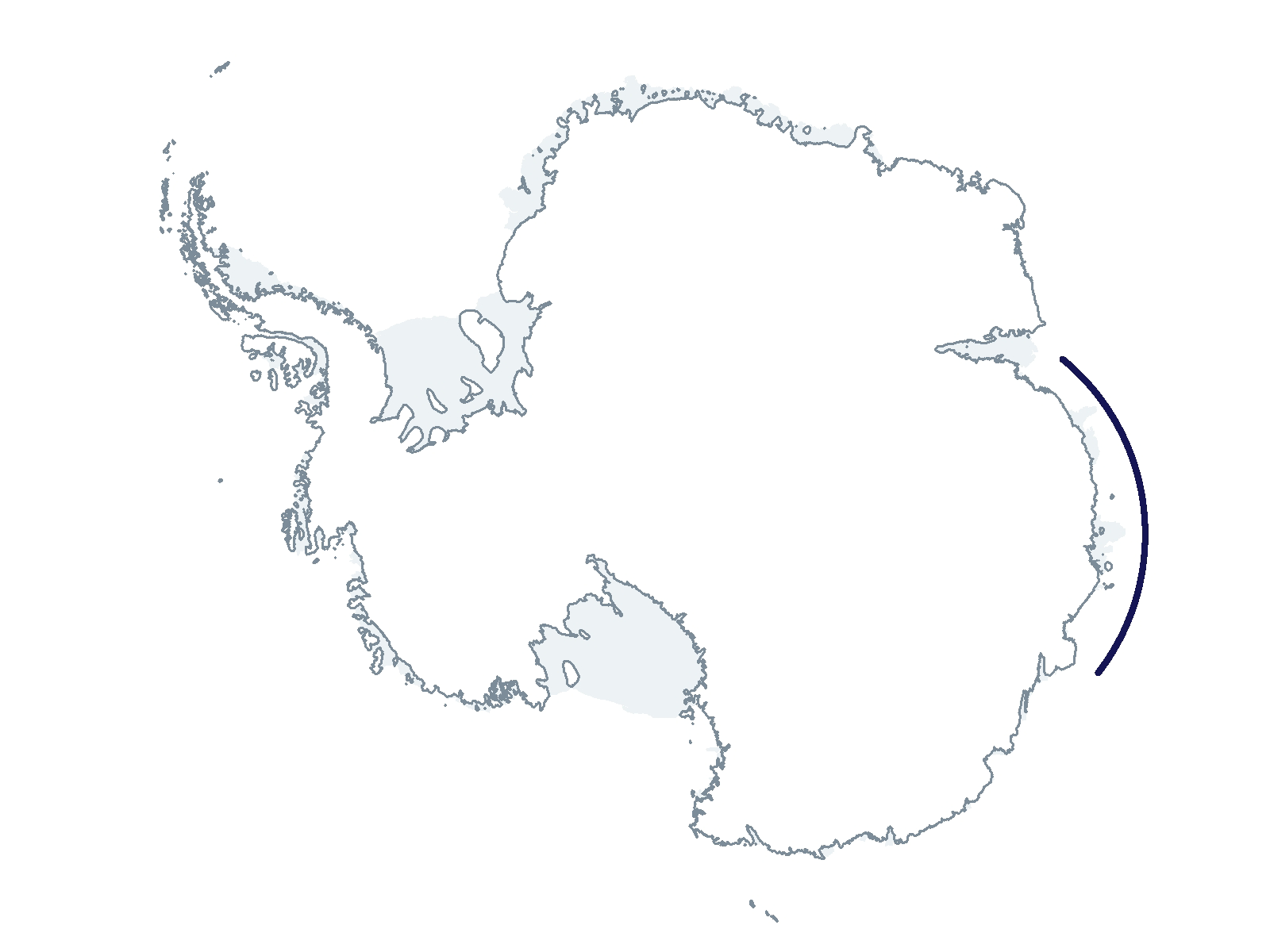2022-2023 USAP Field Season
Project Detail Project TitleDo molecular data support high endemism and divergent evolution of Antarctic marine nematodes and their host-associated microbiomes? Summary
Event Number:
Program Director:
ASC POC/Implementer: Principal Investigator(s)
Dr. Holly Marie Bik
Project Web Site: Location
Supporting Stations: RV/IB Nathaniel B. Palmer DescriptionThe long isolation and unique biodiversity of the Southern Ocean represents an important case study region for understanding the evolution and ecology of populations. This study uses modern -omics approaches to evaluate the biodiversity, evolution, and ecology of Antarctic marine nematodes and their host-associated microbiomes from a variety of habitats collected at different depths. The results are producing an important baseline dataset of Antarctic meiofaunal diversity. All genomic resources generated in this project will be publicly accessible as open-source datasets with the potential for long-term scientific reuse. This project also supports diverse researchers from underrepresented backgrounds, and produces a suite of Antarctic-focused digital public outreach products.
Field Season OverviewThis study will investigate the collection of molecular data from marine nematodes in the Eastern Antarctic continental shelf in order to develop a dataset for historical taxonomic studies. The project seeks to answer if nematode evolutionary histories and eurybathic species distributions contribute to distinct microbiome patters in Antarctic marine nematodes. The five-person team will participate on an expedition aboard the RV/IB Nathaniel B. Palmer in the Eastern Antarctic where they will employ a benthic sampling program. The team will primarily conduct over-the-side sampling operations using the U.S. Antarctic Program Megacorer with video/photo capabilities and possibly the Box corer. They will sample up to 50 stations at a cadence of two megacore casts per site and two sites per day with seven days of dedicated ship time utilized over the entire cruise. Most sample sites are located on the continental shelf at a depth range from 400-1000m, but the team would also like to obtain samples from at least two proximate deep sites at 3000m or deeper if possible.
Deploying Team Members
|
2022-2023 Science Planning Summary



For USAP Participants |
For The Public |
For Researchers and EducatorsContact UsU.S. National Science FoundationOffice of Polar Programs Geosciences Directorate 2415 Eisenhower Avenue, Suite W7100 Alexandria, VA 22314 Sign up for the NSF Office of Polar Programs newsletter and events. Feedback Form |



